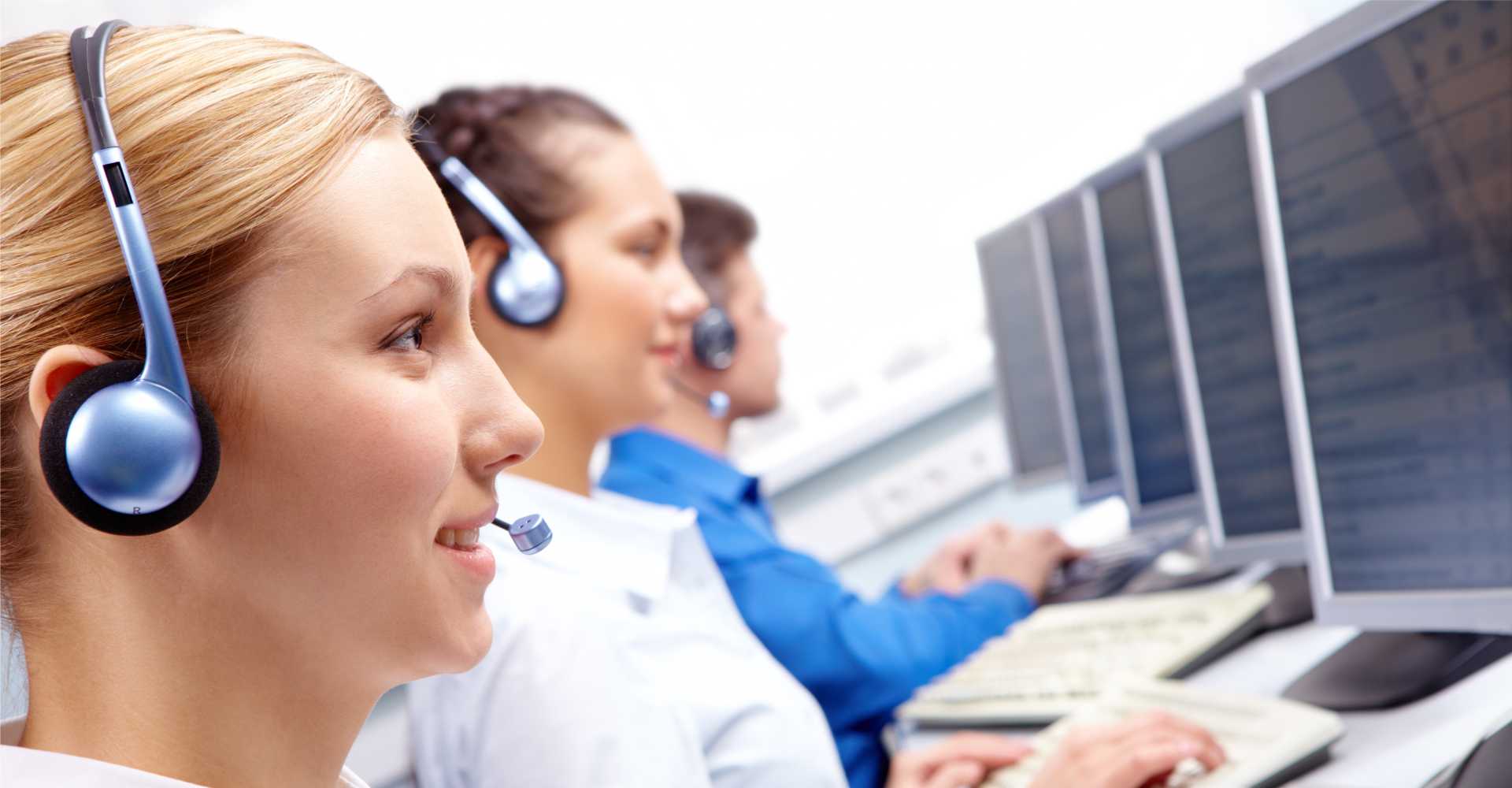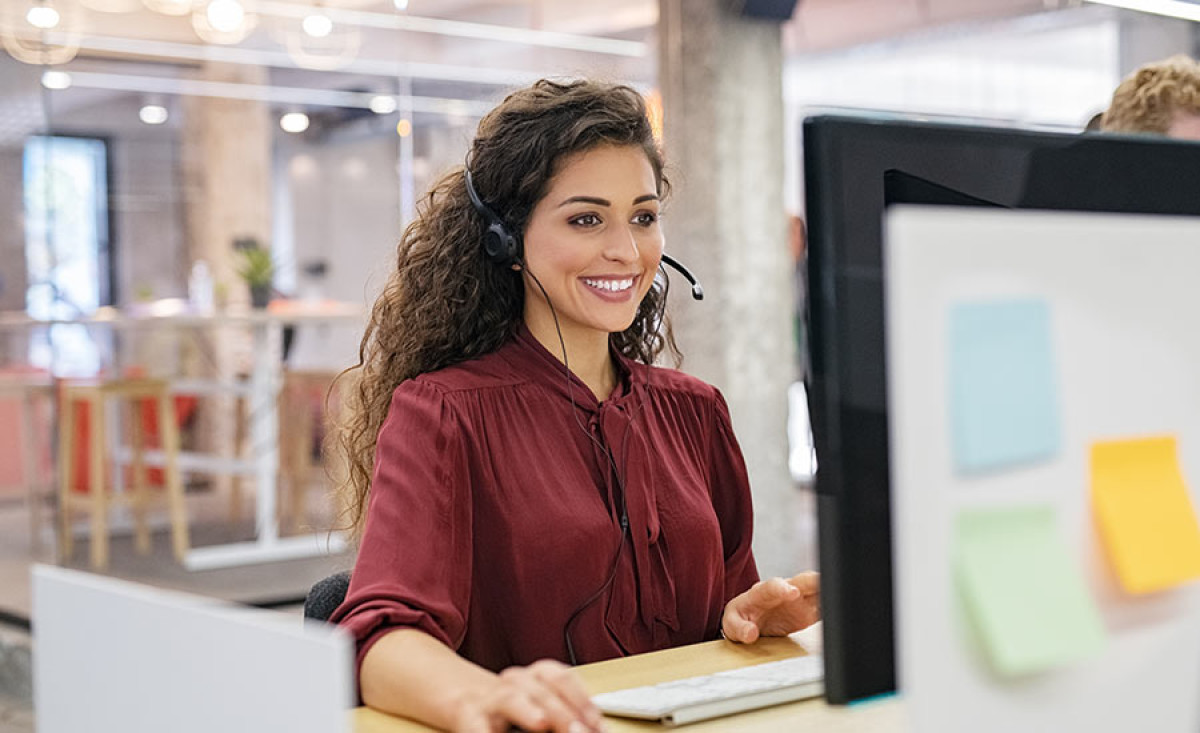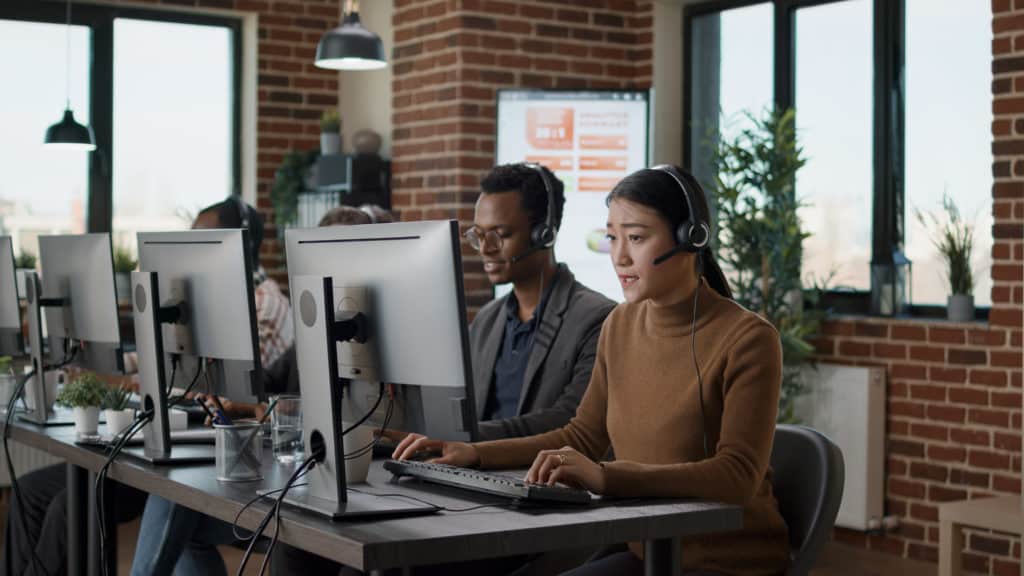All Categories
Featured
Table of Contents
- – What Is The Best Phone Answering Services - Rub...
- – What Is The Best Spring Automated Answering Se...
- – What Is The Best What Is An Answering Service?...
- – What Is The Best How To Start An Answering Se...
- – What Are The Best Phone Answering Services - ...
- – How To Choose The Best Automated Answering S...
What Is The Best Phone Answering Services - Ruby Receptionist Services?
This gadget and its followers were designed by Sava Jacobson, an electrical engineer with a personal consulting company. While early voice mail utilized magnetic tape innovation, a lot of contemporary equipment uses strong state memory storage; some gadgets use a combination of both, with a solid-state circuit for the outbound message and a cassette for the incoming messages.
"toll saving" below) (virtual telephone answering). This is beneficial if the owner is evaluating calls and does not wish to talk to all callers. In any case after going, the calling party needs to be informed about the call having been responded to (most of the times this starts the charging), either by some remark of the operator, or by some greeting message of the little bit, or resolved to non-human callers (e.
This holds specifically for the Littles with digitally stored welcoming messages or for earlier devices (prior to the rise of microcassettes) with an unique limitless loop tape, different from a 2nd cassette, committed to recording. There have actually been answer-only devices without any recording capabilities, where the welcoming message had to inform callers of a state of current unattainability, or e (reception services).
What Is The Best Spring Automated Answering Service, Better Known As Interactive ...

about availability hours. In taping Littles the welcoming normally consists of an invite to leave a message "after the beep". An answering maker that uses a microcassette to tape-record messages On a dual-cassette answerphone, there is an outbound cassette, which after the specified variety of rings plays a pre-recorded message to the caller.

Single-cassette voice mail consist of the outgoing message at the beginning of the tape and inbound messages on the staying area. They initially play the announcement, then fast-forward to the next offered area for recording, then tape-record the caller's message. If there are many previous messages, fast-forwarding through them can cause a substantial hold-up.
This beep is often described in the greeting message, asking for that the caller leave a message "after the beep". Little bits with digital storage for the taped messages do not reveal this delay, obviously. A little bit may provide a remote control facility, whereby the answerphone owner can ring the house number and, by going into a code on the remote telephone's keypad, can listen to recorded messages, or erase them, even when far from home.
What Is The Best What Is An Answering Service? Deal

Thus the maker increases the variety of rings after which it responds to the call (typically by 2, leading to four rings), if no unread messages are presently kept, but answers after the set variety of rings (generally two) if there are unread messages. This enables the owner to discover out whether there are messages waiting; if there are none, the owner can hang up the phone on the, e.
Some machines also permit themselves to be from another location activated, if they have been changed off, by calling and letting the phone ring a certain a great deal of times (usually 10-15). Some company desert calls currently after a smaller sized number of rings, making remote activation impossible. In the early days of TADs an unique transmitter for DTMF tones (dual-tone multi-frequency signalling) was regionally needed for remote control, considering that the previously utilized pulse dialling is not apt to communicate appropriate signalling along an active connection, and the dual-tone multi-frequency signalling was executed stepwise.
Any inbound call is not recognizable with regard to these properties in advance of going "off hook" by the terminal equipment. So after going off hook the calls should be switched to appropriate gadgets and only the voice-type is immediately accessible to a human, however maybe, however need to be routed to a LITTLE BIT (e.
What Is The Best How To Start An Answering Service Business Company?
What if I informed you that you do not have to really get your device when responding to a consumer call? Another person will. So hassle-free, ideal? Addressing telephone call doesn't require someone to be on the other end of the line. Efficient automated phone systems can do the technique simply as effectively as a live representative and in some cases even better.
An automated answering service or interactive voice response system is a phone system that interacts with callers without a live individual on the line - answering service. When companies utilize this technology, consumers can get the answer to a concern about your business simply by utilizing interactions set up on a pre-programmed call circulation.
Although live operators update the customer care experience, lots of calls do not require human interaction. An easy taped message or directions on how a consumer can obtain a piece of info generally resolves a caller's immediate requirement - business answering service. Automated answering services are a simple and reliable way to direct inbound calls to the right individual.
What Are The Best Phone Answering Services - Ruby Receptionist Services Companies?
Notice that when you call a company, either for assistance or item query, the first thing you will hear is a pre-recorded voice welcoming and a series of alternatives like press 1 for customer care, press 2 for questions, and so on. The pre-recorded choices branch off to other options depending on the customer's choice.
The phone tree system helps direct callers to the ideal person or department utilizing the keypad on a cellphone. In some circumstances, callers can use their voices. It deserves noting that auto-attendant alternatives aren't restricted to the 10 numbers on a phone's keypad. When the caller has chosen their very first alternative, you can design a multi-level auto-attendant that uses sub-menus to direct the caller to the best sort of assistance.
The caller does not have to communicate with a person if the auto-attendant phone system can manage their concern. The automatic service can path callers to an employee if they reach a "dead end" and need assistance from a live agent. It is costly to hire an operator or executive assistant.
How To Choose The Best Automated Answering Services - How Do They Work?
Automated answering services, on the other hand, are significantly less pricey and provide considerable cost savings at an average of $200-$420/month. Even if you don't have dedicated staff to handle call routing and management, an automatic answering service improves productivity by enabling your team to concentrate on their strengths so they can more effectively spend their time on the phone.
A sales lead routed to customer support is a lost shot. If a client who has product concerns reaches the incorrect department or receives insufficient responses from well-meaning employees who are less trained to manage a specific kind of question, it can be a reason for aggravation and discontentment. An automatic answering system can decrease the number of misrouted calls, consequently assisting your employees make much better use of their phone time while maximizing time in their calendar for other jobs.
With Automated Answering Systems, you can produce a personalized experience for both your personnel and your callers. Make a recording of your primary greeting, and merely upgrade it frequently to reflect what is going on in your organization. You can produce as lots of departments or menu options as you want.
Table of Contents
- – What Is The Best Phone Answering Services - Rub...
- – What Is The Best Spring Automated Answering Se...
- – What Is The Best What Is An Answering Service?...
- – What Is The Best How To Start An Answering Se...
- – What Are The Best Phone Answering Services - ...
- – How To Choose The Best Automated Answering S...
Latest Posts
Sought-After Receptionist Service Near Me ( WA 6008)
Phone Answering Service
High-Quality 24/7 Answering Service Near Me (Scarborough)
More
Latest Posts
Sought-After Receptionist Service Near Me ( WA 6008)
Phone Answering Service
High-Quality 24/7 Answering Service Near Me (Scarborough)